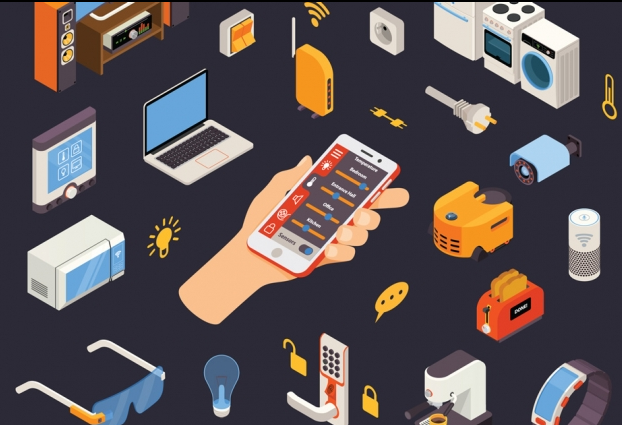Researchers at the Massachusetts Institute of Technology's Microsystems Technologies Laboratories unveiled a power converter that stays efficient at currents between 500 picoamps and 1 milliamp, representing a 2-million-fold boost.

The new power converter can operate the circuits from new types of energy-harvesting sources, such as body-powered electronics. Image source: MIT.
Being a step-down converter with a lower output voltage than input voltage, the new converter is suitable for Internet of Things devices. In particular, it takes input voltages ranging from 1.2 to 3.3 volts and reduces them to between 0.7 and 0.9 volts.
“In the low-power regime, the way these power converters work, it’s not based on a continuous flow of energy,” first author of the conference paper on the new technology, Arun Paidimarri, said. “It’s based on these packets of energy. You have these switches, and an inductor, and a capacitor in the power converter, and you basically turn on and off these switches.”
According to Paidimaari, the control circuitry for the switches includes a circuit that measures the output voltage of the converter. For example, if the output voltage is below some threshold — in this case, 0.9 volts — the controllers throw a switch and release a packet of energy. Afterwards, they perform another measurement and release another packet, if necessary.
If there isn’t a device drawing current from the converter, or if the current is going only to a local circuit, the controllers can release between one and a few hundred packets per second. If the converter is feeding power to a device such as a radio, it will likely need to release a million packets a second.
To accommodate this range of outputs, a typical converter will perform 1 million voltage measurements per second, releasing between one to 1 million packets. Each measurement consumes energy, but for most applications, the power drain is negligible. However, for the Internet of Things, it’s intolerable.
Because of this, the researchers’ converter features a variable clock, which can run the switch controllers at a wide range of rates. But this requires more complex control circuits. The circuit that monitors the converter’s output voltage, for example, contains a voltage divider, which siphons current from the output for measurement. In a typical converter, the voltage divider is just another element in the circuit path, meaning that it’s always on.
However, siphoning current lowers the converter’s efficiency, so in the researchers’ chip, the divider is surrounded by a block of additional circuit elements, which grants access to the divider only for the fraction of a second that a measurement requires. The result? A 50% reduction in quiescent power over the best previously reported experimental low-power, step-down converter, and a tenfold expansion of the current-handling range.
According to the team, this opens up opportunities to operate the circuits from new types of energy-harvesting sources, such as body-powered electronics.
The research team’s work was funded by Shell and Texas Instruments, and the prototype chips were built by the Taiwan Semiconductor Manufacturing Corporation, through its University Shuttle Program.
Source: MIT News
Advertisement
Learn more about Electronic Products Magazine





